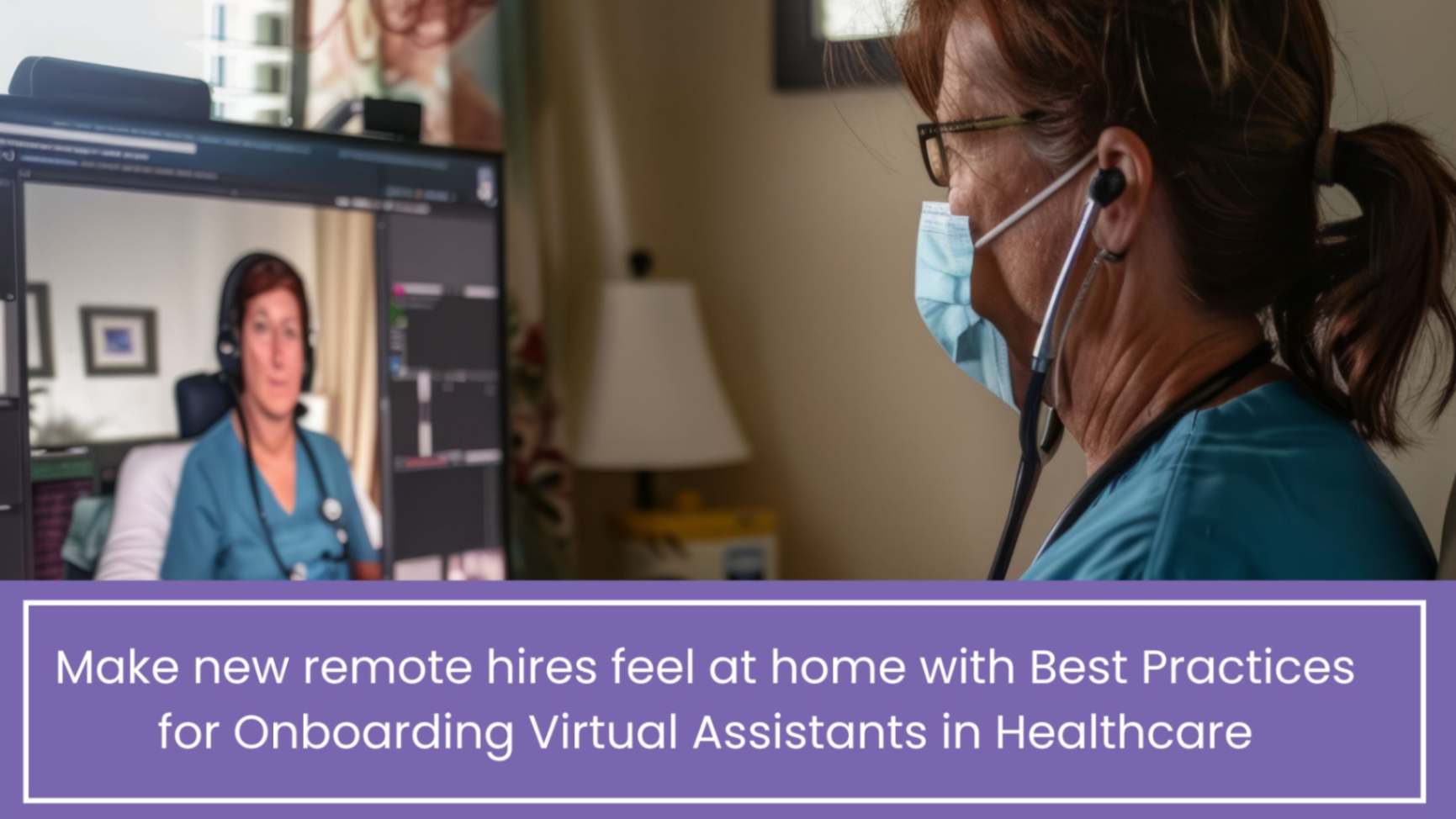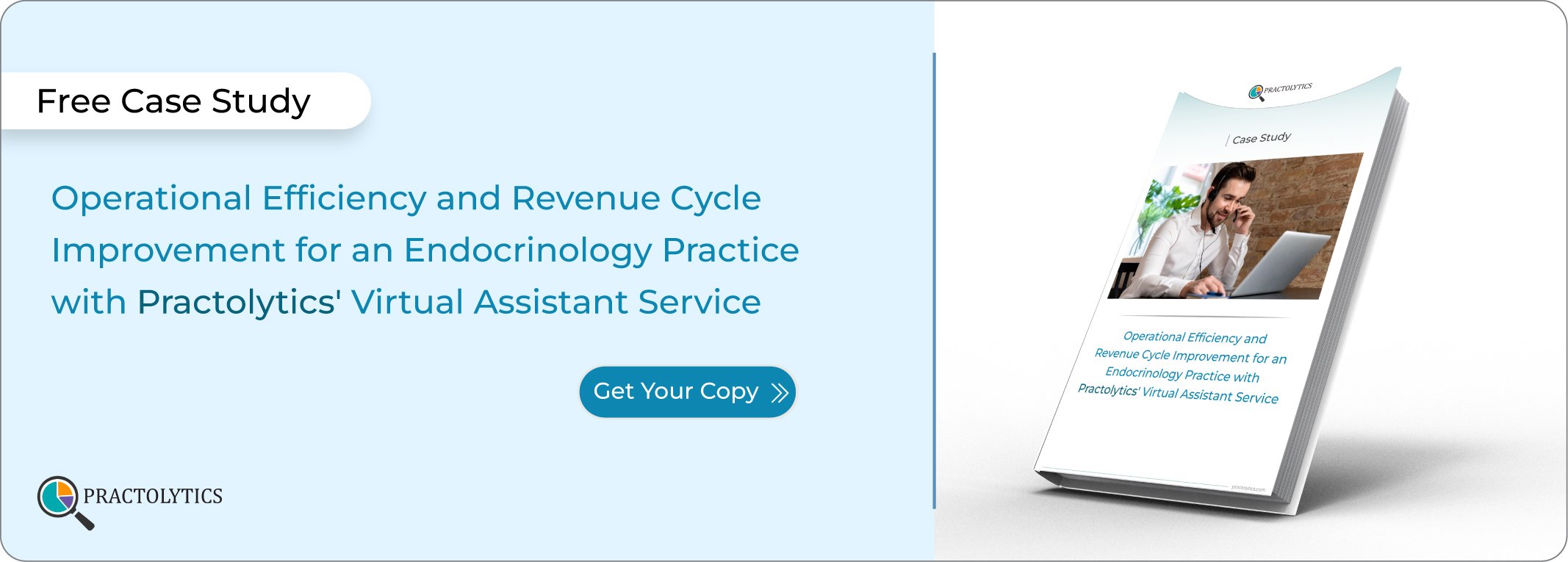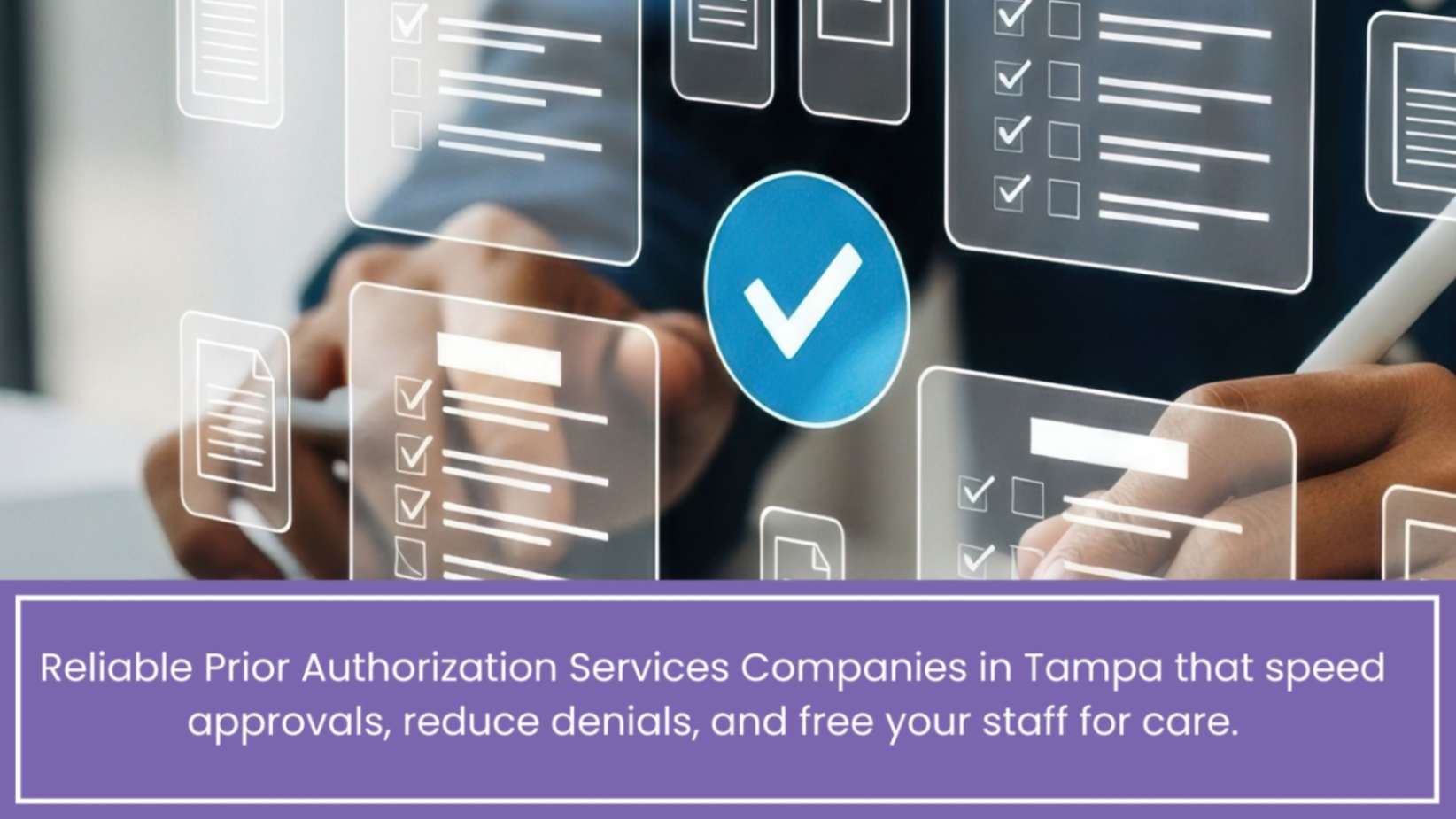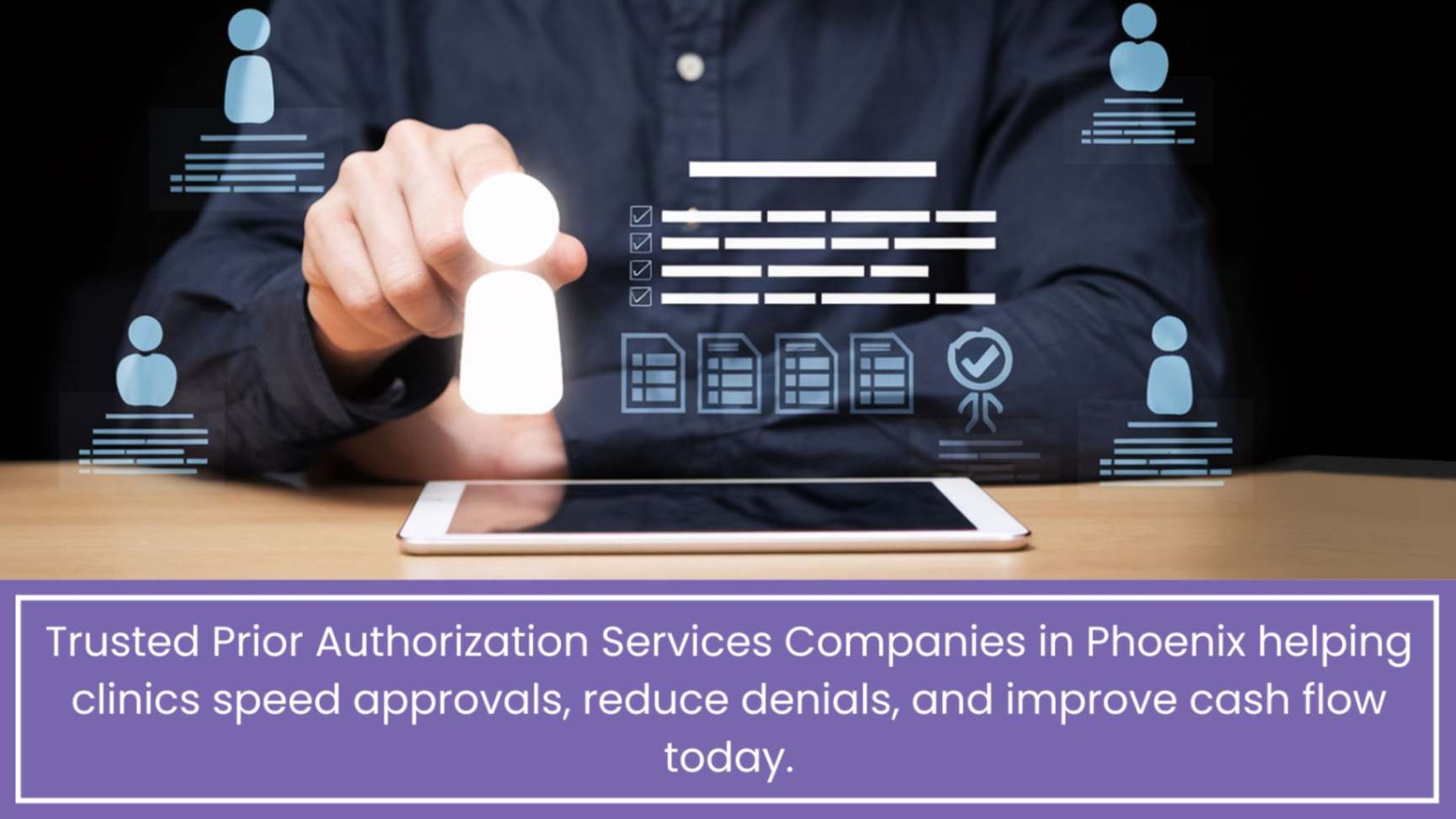Best Practices for Onboarding Virtual Assistants in Healthcare
Let’s be honest: kicking off a remote assistant in a medical setting can feel like herding cats—without the fur but with all the complexity of HIPAA, EMRs, and a million little acronyms. I’ll walk you through best practices for Onboarding Virtual Assistants in Healthcare, from that warm “welcome aboard” email to a practical 30-60-90 day roadmap. You’ll get a straightforward virtual assistant healthcare onboarding process, an easy-to-follow 30-60-90 day VA onboarding schedule, and a no-nonsense HIPAA compliant VA onboarding checklist. Sprinkle in some bite-sized medical terminology training for virtual assistants, and you’ll turn a bewildered newbie into a confident team player—fast.
Bringing on a virtual assistant in healthcare doesn’t have to be a guessing game—or a chore. In this guide,You’ll find simple SOPs for scheduling and billing, an interactive HIPAA compliant onboarding checklist, and fun, five-minute medical terminology training that actually sticks. Along the way, we’ll talk about setting clear roles, running weekly check-ins, and keeping your assistant feeling like part of the family—even from miles away. Let’s make onboarding something you actually look forward to.
Process of Onboarding Virtual Assistants
Ever hired someone great… only to watch them struggle through a maze of logins, acronyms, and radio silence? I’ve been there. Early on, I felt guilty sending a new virtual medical assistant off into the digital wild with nothing but a 50-page manual. Spoiler: it didn’t stick. So I distilled everything I’d learned into what I now call Best Practices for Onboarding Virtual Assistants in Healthcare—a human-first, no-fluff approach that feels less like compliance training and more like rolling out a welcome mat.
1. Pre-Boarding: A Little Kindness Goes a Long Way
A few days before your VA’s official start:
- Send a friendly Email.
“Hi Alex! We’re excited to have you. Attached, you’ll find a brief ‘meet the team’ slideshow and your login details. Can’t wait for you to join us!” - Include a one-page “how we work” sheet.
Highlight key tools (EMR, scheduling software) and office hours in bullet points. - Offer a quick tech check
“I’ll be online Thursday at 3 PM CT—ping me if you run into any VPN trouble!”
That personal touch eases first-day jitters.
2. Day One: Meet, Greet, and Get Real
On Day One, skip the PowerPoint marathon. Instead:
1.20-minute video chat:
- Introduce everyone (feel free to share a fun fact—mine is a secret love of cheesy ’80s rock).
- Talk high-level: “Here’s what we do, here’s why we care, and here’s how you fit in.”
2. Mentor pairing:
Assign a go-to person for “Where do I find…?” questions. It’s amazing how much a little buddy system speeds things up.
3. First task: shadow job:
Have your Virtual Assistant observe someone handling an intake call or billing follow-up. Gives context without pressure.
3. Clear SOPs & Checklists: Your VA’s Best Friends
I once watched a healthcare virtual assistant juggle six tabs, guessing each step—so I created bite-sized SOPs. Here’s a taste of a virtual assistant SOP for medical practices:
Task: Verify Patient Insurance
- Log into the portal at insurer.com
- Enter patient name and DOB
- Note coverage dates in the spreadsheet
- Alert the team Slack channel if coverage is expired
Pair it with a virtual assistant onboarding checklist (healthcare):
- VPN access confirmed
- EMR login tested
- SOP reviewed: Verify Patient Insurance
- SOP reviewed: Schedule Appointment
Those checkboxes aren’t busywork—they’re confidence boosters.
4. HIPAA & Security: Interactive, Not Intimidating
HIPAA can read like a thriller—but your medical remote assistant doesn’t need a novel. Build a HIPAA-compliant medical virtual assistant onboarding checklist that includes:
- Watch & discuss: a 10-minute animated video on privacy.
- Scenario quiz: “What if…” situations, like a patient file appearing on screen.
- Role-play drill: practice reporting a mock breach.
This hands-on style beats dry policy docs every time—and your doors stay locked tight.
5. Medical Terminology: Speak Their Language
Instead of a boring glossary, try:
- Flashcard Fridays: five minutes reviewing terms like “cardio-” and “-it is.”
- Weekly pop quiz: two questions during your Monday check-in.
- Shared cheat sheet: a Google Doc where everyone can drop new acronyms as they pop up.
Once your healthcare remote assistant stops Googling “What’s a CBC?” they’ll feel right at home.
6. The 30-60-90 Day Roadmap
Chart progress with a friendly VA onboarding sschedule of 30-60-90 days of healthcare:
|
Time Frame |
Goals & Activities |
|
Day 1- 30 |
Shadow calls, complete HIPAA & terminology training, and handle basic scheduling. |
|
Day 31 -60 |
Shadow calls, complete HIPAA & terminology training, and handle basic scheduling. |
|
Days 61– 90 |
Own end-to-end workflows, suggest improvements, and prep for monthly review. |
Weekly 10-minute check-ins build in feedback and prevent small confusions from becoming big headaches.
7. Keep the Human Touch Alive
Remote work can feel lonely. Build micro-rituals that keep everyone connected:
- Morning “what’s on deck” channel
A quick one-line update: “Today I’m focusing on claim A123.” - Shout-outs
Did your VA catch a tricky billing error? Celebrate it in your team chat. - Virtual coffee breaks
Fifteen minutes, no work talk—discover each other’s hobbies or weekend plans.
These small doses of camaraderie remind your VA they’re part of something bigger.
How long should onboarding take?
A thoughtful 30-60-90 day ramp gives your VA time to learn without feeling rushed—and you time to guide them.
My virtual health assistant has zero medical background—help!
No worries. Extend those first-month shadow sessions, repeat terminology drills, and have more hands-on SOP walkthroughs.
Are SOPs really necessary?
Yes! They cut down on endless questions and ensure consistency—especially across different time zones.
How do I test HIPAA understanding?
Pair an online certification with a live role-play breach drill. Seeing them think on their feet is the real test.
Conclusion:
In the sphere of healthcare, onboarding a virtual assistant need not be a strict, checkbox activity. Following these best practices for onboarding virtual assistants in healthcare settings will provide a warm, structured journey, from that friendly pre-boarding email to a tangible 30-60-90 day plan. Clear SOPs, interactive HIPAA drills, and fun terminology training all work for turning new hires into confident and productive team members. Add some regular check-ins, throw in some small cultural rituals, and soon you will have remote folks feeling like in-house stars. So, ready to say goodbye to those lost-in-the-login days? Make one simple move today.
Read More – From Chaos to Efficiency: A Small Practice’s Journey with a Virtual Assistant
Talk to Medical Billing Expert Today — Get a Free Demo Now!






